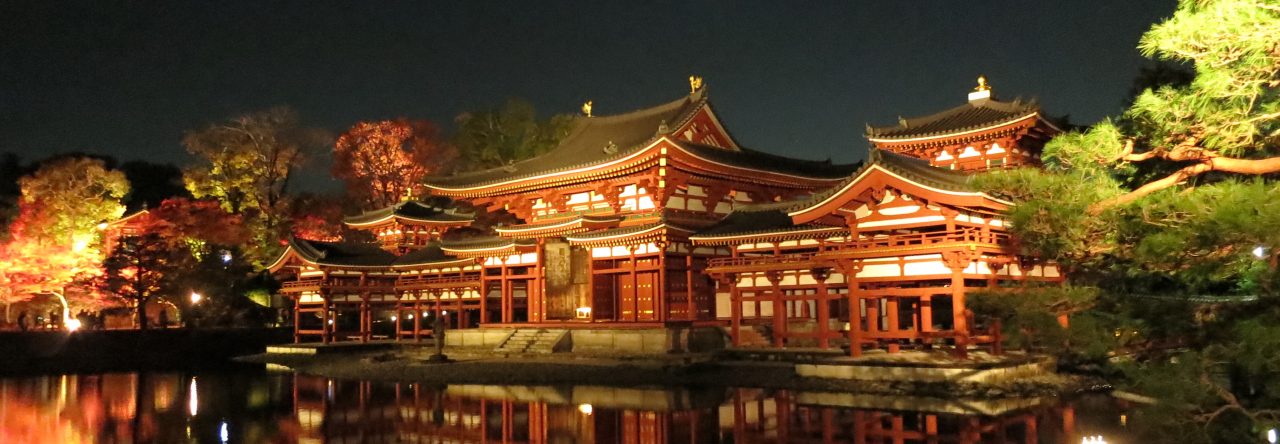Catching some lilies at the Lily Garden of Tokorozawa in Saitama Prefecture, easily reachable from central Tokyo in 45 minutes. Between mid-June to early July, enjoy the 50 varieties of 450,000 lilies at this garden.



Catching some lilies at the Lily Garden of Tokorozawa in Saitama Prefecture, easily reachable from central Tokyo in 45 minutes. Between mid-June to early July, enjoy the 50 varieties of 450,000 lilies at this garden.

A second trip to Meigetsu-in, the Ajisai-dera famous for its 2,500 over hydrangeas. Managed to avoid the crowds, going there on a weekday early in the morning. Now I understand why it is called the Meigetsuin Blue, for the mainly blue hues of the hydrangeas here.

Odawara Castle, once stronghold of Odawara-Hojo clan, one of the most powerful clans in the Kanto region during the Sengoku period, was subjected to multiple damages due to earthquakes and demolition during the Meiji Restoration. The structures here today were reconstructed over the years, with the 3 levels, 5 stories donjon being recently renovated in 2016. Located in close proximity to Hakone, Odawara Castle makes a good day trip from Tokyo or a combined visit with Hakone.

Eye-feasting on lush green landscape of Tonogayato Teien, one of the 9 Tokyo Metropolitan Gardens, located in Kokubunji of western Tokyo. Dating back to 1913 as a villa garden, Tonogayato Teien features a circuit style garden, centred on a pond of natural spring water.

Admiring the wild rock garden designed by Muso Soseki at Zuisenji, a Rinzai sect. of Zen Buddhism temple located in eastern Kamakura. Also called the Temple of Flowers, the flower garden in the temple features various flowers across the four seasons, and is especially famous for its plum blossom.

The quiet temple of Choanji allows visitors to appreciate the creativity of the over 200 rakan statues scattered around the temple. Some serious, while some with amusing expressions, this temple is a paradise for photography.

Exploring another bamboo temple, this time in Kamakura's Hokokuji Temple, family temples of the Ashikaga clan and later the Uesugi clan.

Enjoying autumn in Rikugien, one of Tokyo's most adored landscape gardens. Named after the six divisions of Waka, a type of Japanese poetry, Rikugien offers a massive strolling garden around ponds and hills.

The only surviving Amagozan, five nunneries in Kamakura, Tokeiji is famously known as Kakekomi-dera, offering refuge for women seeking divorces in the feudal age where this was uncommon.

Despite being number five of the Kamakura Gozan, Jomyoji is a perfect quiet retreat, hidden away from the bustling Kamakura tourist crowd. Closely associated to the Ashikaga shogunate, the temple is now only survived by the main temple and few other buildings, thus its simplicity.

Quiet stroll at Kyu Shiba Rikyu, one of the two surviving Edo garden in Tokyo, featuring a central pond with four small islands and various rock formations.